
The lifespan of dogs varies. How long they live depends on the type of dog in question. Domestic dogs, coyotes, wolves, and jackals live up to 10 years or more, while true foxes and Vulpes can live up to five years.
According to livescience.com, dogs are descendants of two or more wild species of jackals, wolves, or dingoes. However, there is not enough evidence to report this theory. However, based on many genetic and behavioral factors, they are believed to have originated from the Canis Lupus (gray wolf).
The animals below are similar in nature to dogs, but they still maintain their own unique personalities.
1. Canis Aureus (Golden Jackal) Scientific Facts
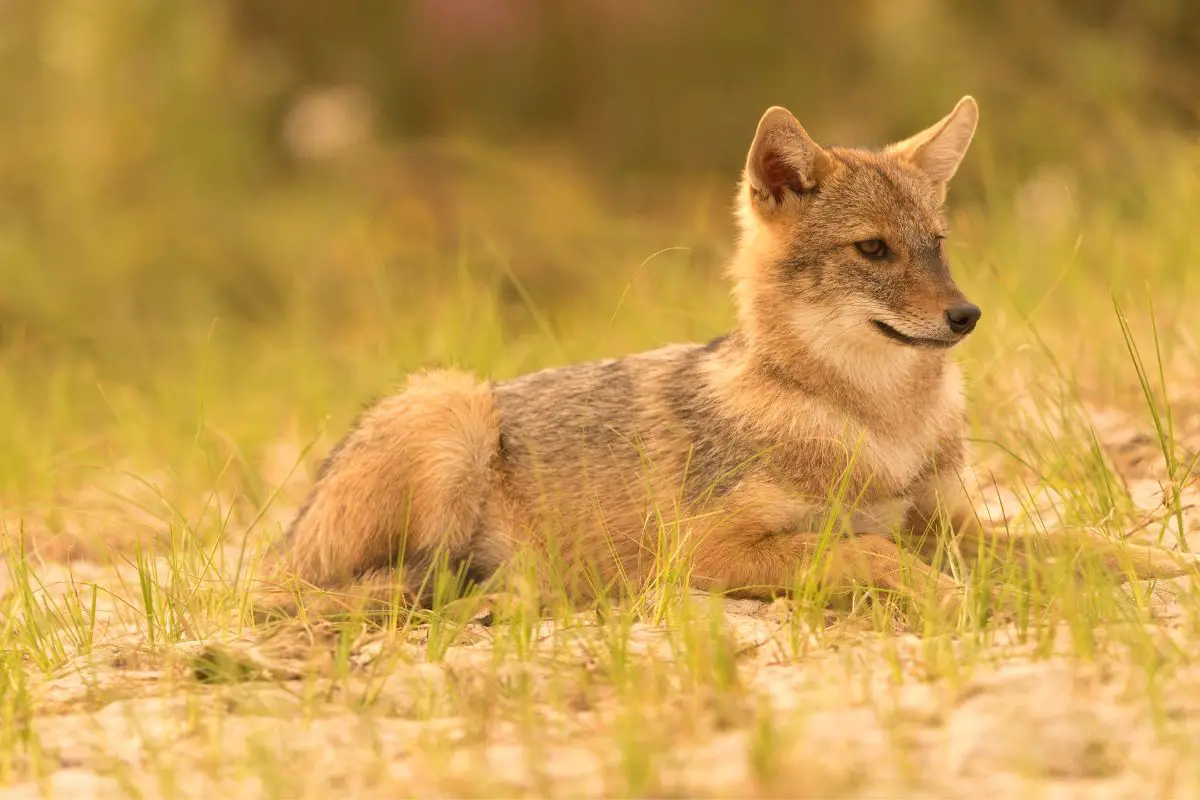
Canis aureus is the scientific name for the golden jackal. The golden jackal is part of the canid family and is native to Eurasia and East Africa. The jackal originated from two distinct species, which is the only new species of wolf.
The golden jackal is known as the African gold wolf, due to its close relationship with coyotes, wolves, and jackals that were discovered 150 years ago. The new scientific moniker is the Canis Anthus, and it is considered to be an Omnivore. The golden jackal’s lifespan is 8 to 16 years, it can run up to 20 miles per hour, and weighs 15 to 33 pounds.
Its height is 17.25 inches to 19.685, and its length ranges from 60 to 110 cm.
Diet
Golden jackals have a diverse diet. They feast on reptiles, fish, birds and bird eggs, hares, insects, frogs, young gazelles, and carrion on occasion. In winter they consume a lot of rodents, as this is their favorite pastime entrée.
Living Quarters
Golden jackals are nocturnal animals, but they can be found during the day. Golden jackals make great parents, and they live with their mates and help take care of their young. They hunt, rest, and eat together.
They live in crevices, in rocks, and caverns, that they did not dig. However, they can and do dig their own caverns.
2. Latrans (Coyote) Scientific Facts
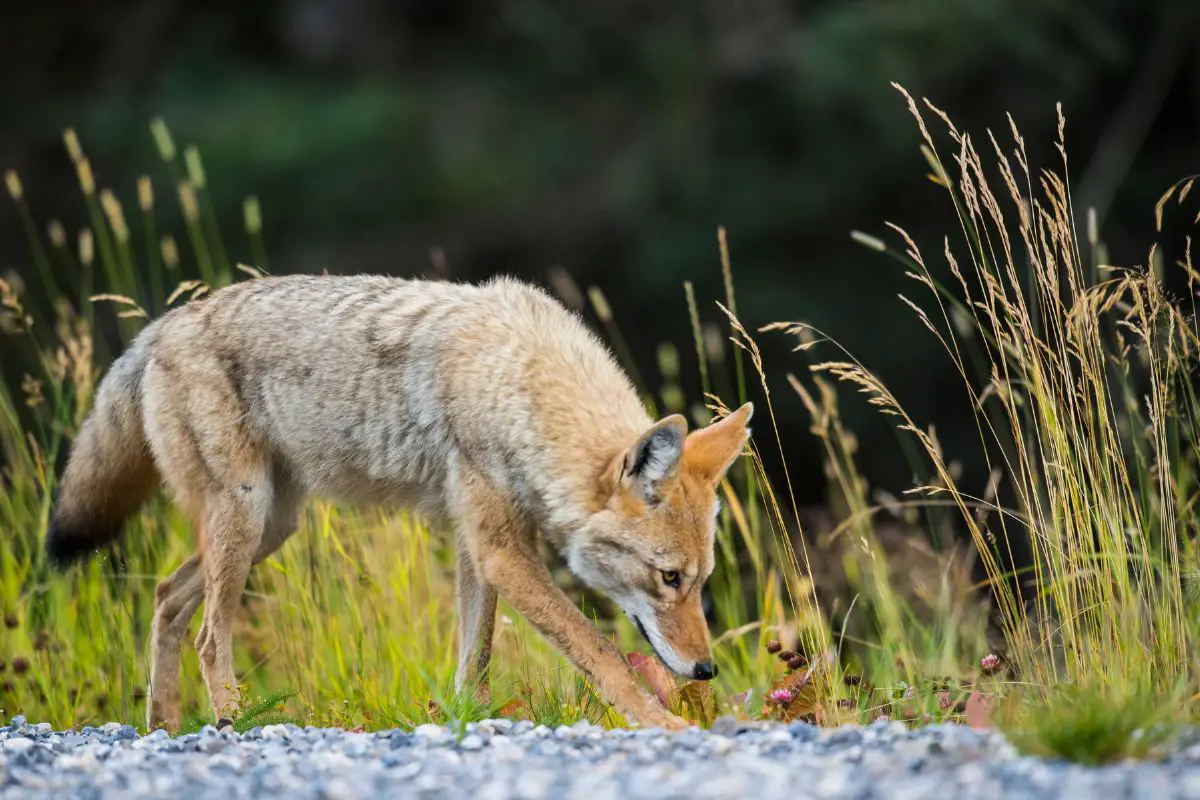
Canis latrans is the scientific name for the coyote. Its diet is that of an omnivore, which means it eats both plants and other animals. The coyote runs in a pack, and they can live up to 14 years, with weights up to 50 pounds.
Its head and body are 32 to 37 inches long, and its tail is approximately 16 inches long. The wolf’s size is for a man who is 6 feet. The coyote is smaller than a wolf, and at night they communicate with each other with a distinctive howl.
They are great parents, with a strong sense of family commitment. They are protective of their young. However, they can run up to 40 miles per hour.
Diet
Their diet consists of lambs, snakes, calves, insects, rabbits, deer, frogs, rodents, fruit, fish, grass, and carrion. Farmers and ranchers think of them as destructive and pests, but they do serve a purpose in nature. Although they can survive on plants alone for a short time, they do like fruits and vegetables.
However, some suggest that they are both omnivores and carnivores, due to their diet of eating meat.
Living Quarters
Known for its savviness and cleverness, the coyote is found in mountains and wild terrain. Today, modern coyotes are adapting to the American way of living. Therefore, they roam in forests and have adapted to living in large cities like Los Angeles.
3. Canis Lupus (Gray Wolf) Scientific Facts
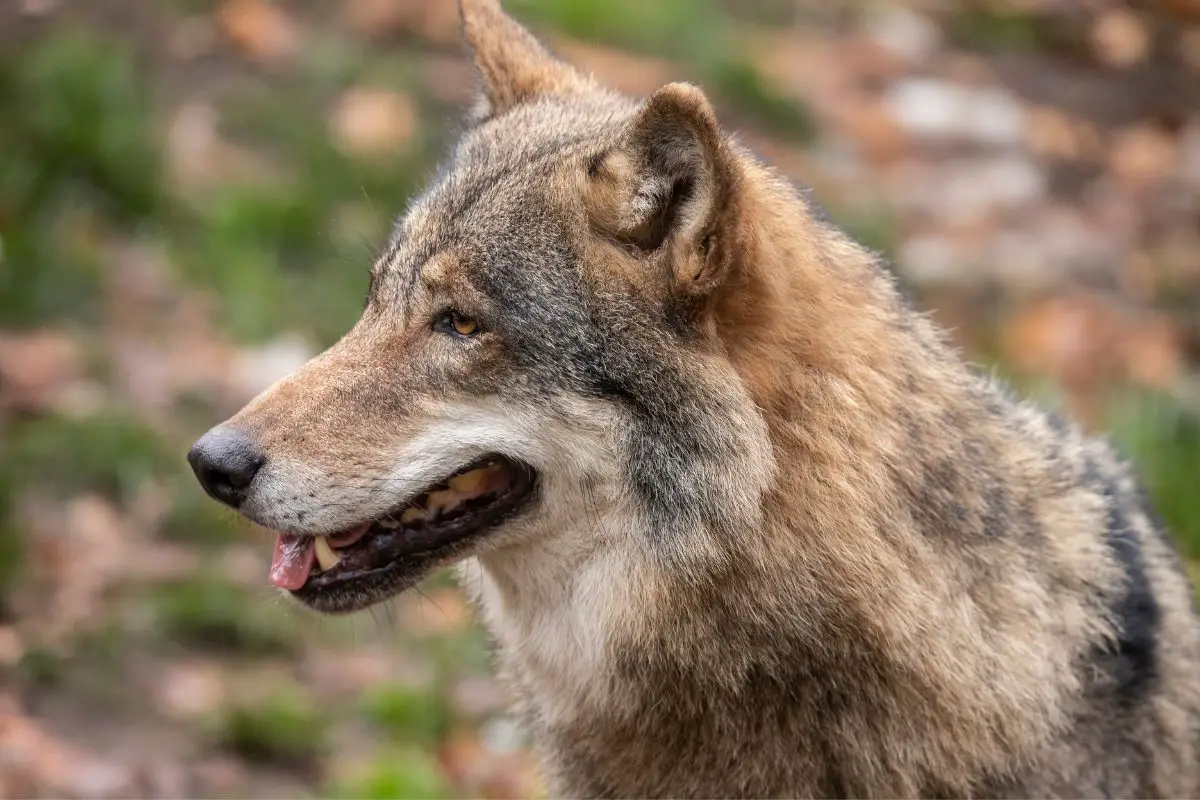
Canis lupus is the scientific name for wolf, gray wolf, and domestic dog. The gray wolf is also called the timber wolf and is the largest of its kind, the Canid. The gray wolf stands at (200 cm) or 6.5 feet tall and is 3 to 5 feet, or (1 to 1.5 meters) long.
Their tails add 1 to 2 ft. The males can weigh up to 175 lbs., and the females can weigh up to 100 lbs. The wolf’s smelling senses are 100 times more potent than those of humans, and like dogs, they mark their territory with urine. Like the dog, the wolf wags its tail when it is happy and prances around when it wants to play.
Diet
The gray wolf is a night predator, whose diet consists of rich prey such as elk, deer, musk oxen, moose, bighorn sheep, beavers, hare, caribou, and bison. Wolves in Canada eat fish, or more specifically, Pacific Salmon.
Living Quarters
Wolves live in packs of up to 24, but 6 to 10 are the most common. They make their homes in the wild, or in dens of caves, burrows, or on a hillside. They are not known to stay in one place for long, as the males can travel for hundreds of miles.
After living secluded for some time, they can resurface to live above ground.
4. Cerdocyon Thous (Crab Eating Fox) Scientific Fact
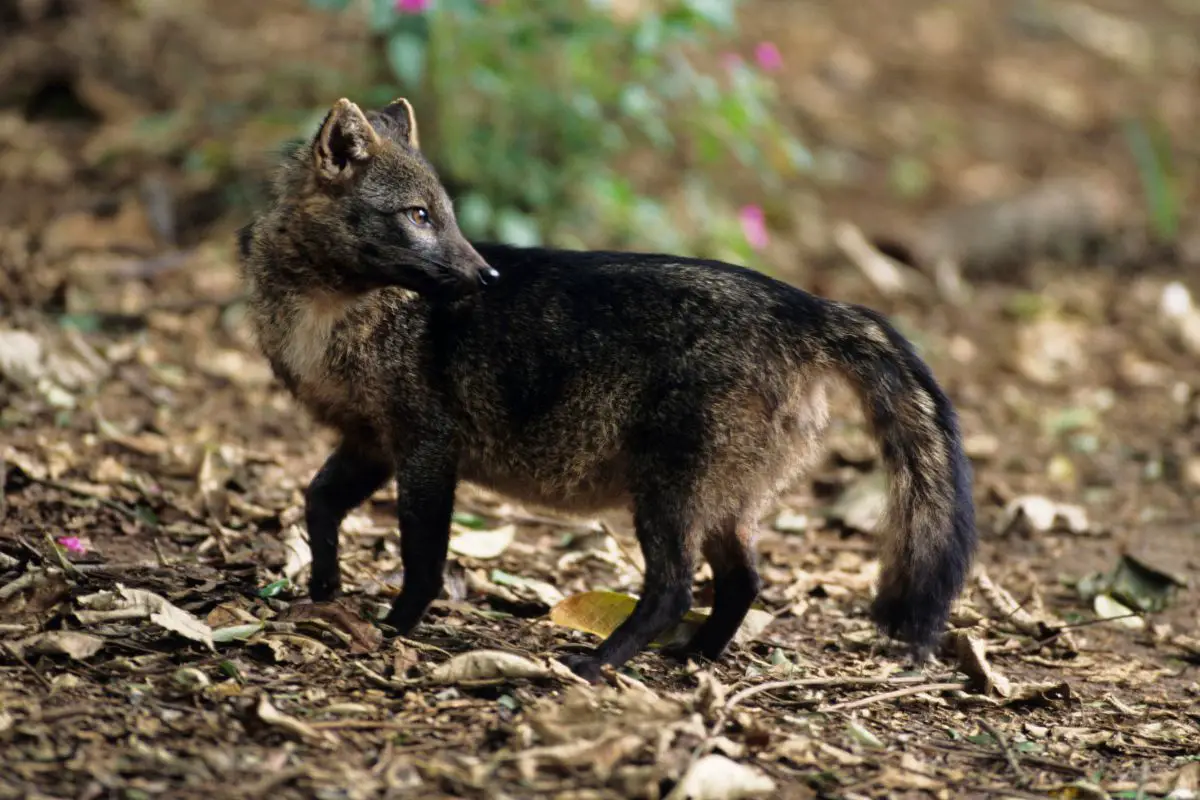
Cerdocyon thous is the scientific name for this crab-eating fox, also known as the Savanna fox, or crab-eating dog. It is found in South America and is part of the Canidae family. The length is 24 to 28 inches, without including its tail, which is 30 CM.
Diet
The crab-eating dog feasts on fruit, birds of any kind, small animals, turtle eggs, and insects.
Living Quarters
The crab-eating dog can live with or without a companion. It spends the day burrowing, and comes out at night to hunt for food. Because the Savanna dog is easy to tame, many believe they make great pets.
5. Pictus (African Hunting Dog) Scientific Facts
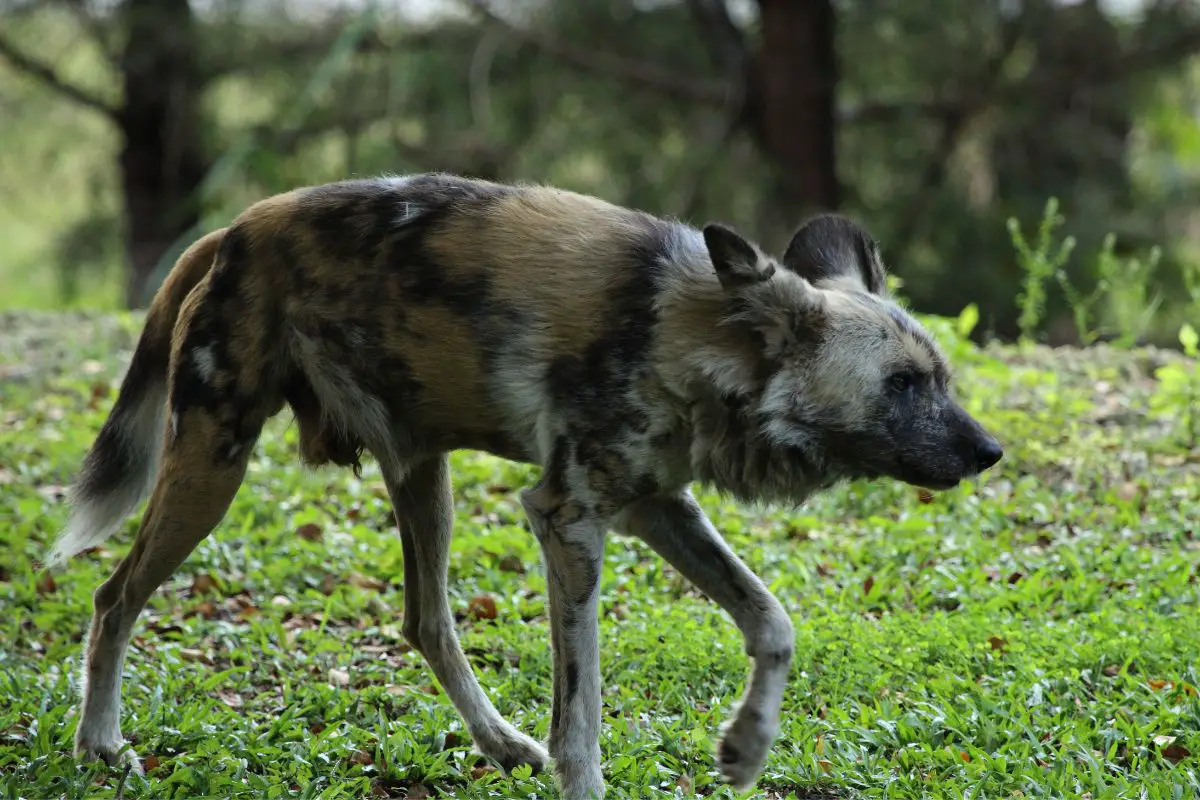
Lycaon pictus is the scientific name for the African hunting dog or African wild dog. Other names for the Lycaon Pictus are known as the Cape hunting dog, or hyena dog. It is a carnivore, and it has only four toes on its feet.
Its length is 30 to 41 inches, it stands around 24 inches tall, and its weight ranges from 35 to 50 pounds.
Diet
The African hunting dog’s diet consists of antelope, larger animals, and domestic livestock. The species is on the endangered list; classified as the African wild dog.
Living Quarters
This animal lives in certain parts of Africa, in grasslands, and the east and south of the Sahara.
 6. Nyctereutes Procyonoides (Raccoon Dog) Scientific Facts
6. Nyctereutes Procyonoides (Raccoon Dog) Scientific Facts
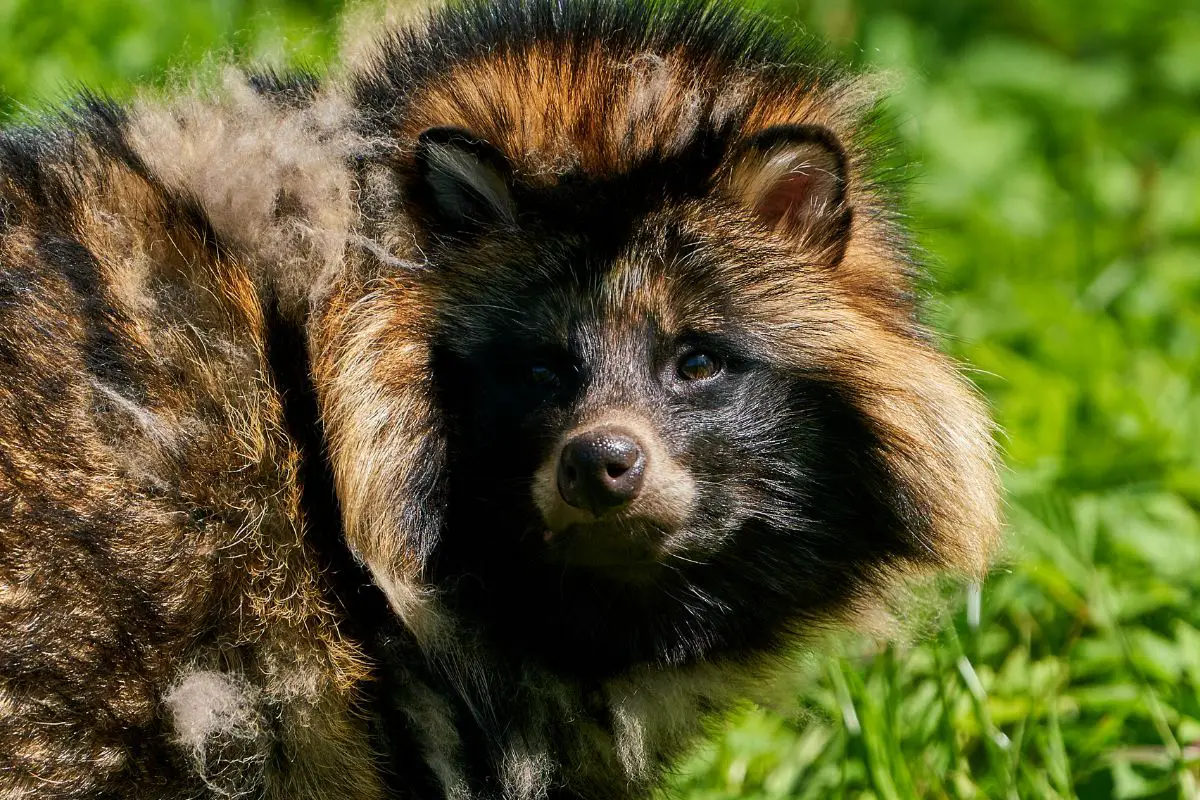
Nyctereutes procyonoides is the scientific name for the raccoon dog. The raccoon dog was introduced into the environment in Europe, but its native home is in Eastern Asia. The raccoon dog is found in Finland, Russia, Poland, South Korea, Germany, Romania, France, Vietnam, China, North Korea, Hungary, Sweden, Japan, and Slovakia.
It resembles the raccoon because of the dark rings and facial markings, but they are not part of the raccoon family. From the head to the end of the body it is 20 to 26 inches, without including the tail, which is 13 to 18 inches. The raccoon dog weighs 16.5 pounds, less than 17 pounds, with a lifespan of 6 to 11 years.
Diet
The raccoon dog is an omnivore, and feasts on small mammals, carrion, fish, and vegetables.
Living Quarters
The raccoon dog is active during the night and part of the day. They live in pairs, or in small social groups. They inhabit grassland areas and broadleaf forests.
In some instances, they are known to live in urban domains. They enjoy camouflaging themselves within their environment. They are flexible and can migrate long distances in search of food.
7. Speothos Venaticus (Bush Dog) Scientific Facts
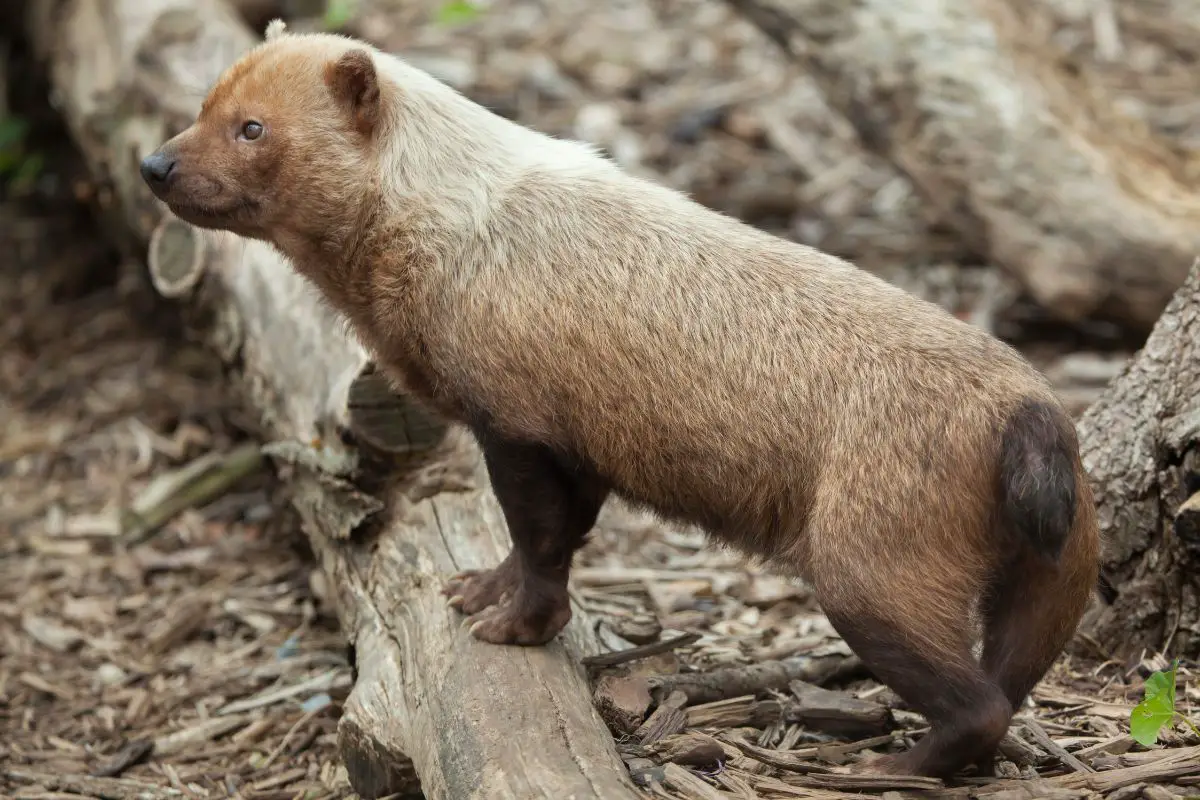
Speothos venaticus is the scientific name for the bush dog. The bush dog is a carnivore and is listed as an endangered species. They are small and can be found in South, Central, and North America, and in the northern part of Argentina and South of Paraguay.
They are elusive hunters and great swimmers. They sit 7 to 12 inches tall, weigh 11 to 15 pounds, and the adults are 22 to 29 inches in length. Just like the domestic dog, the bush dog male marks its territory with urine, by raising its leg and relieving itself.
It is the closest living descendant of the maned Central South America wolf, and it is the only surviving species in its group.
Diet
They like to hunt in packs because they can catch bigger games like rodents, pacas, agoutis, and capybara. When alone, they will hunt for smaller prey such as ground birds, small rodents, and snakes.
Living Quarters
The bush dog is diurnal, and they thrive in social group settings of up to a dozen. They live in dens, underground, and in the trunks of hollow trees. They like living close to the water.
The life expectancy of the bush dog is 10 years, but it can live up to 14.1 years in captivity.
8. Vulpes Bengalensis (Bengal Fox) Scientific Facts
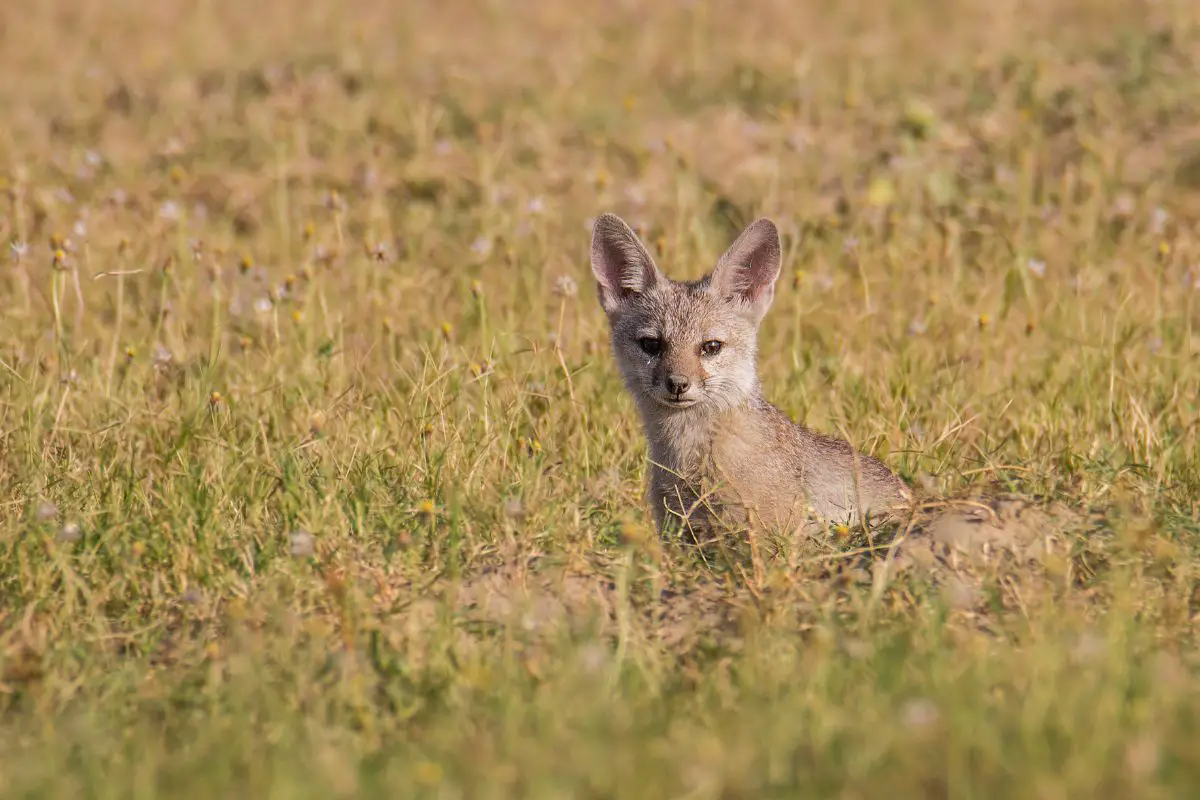
Vulpes bengalensis is the scientific name for the Bengal fox. The Bengal fox, also called the Indian fox, is native to the Asian fox. Its long tail accounts for up to 60 percent of its entire body length.
Their large ears enable them to regulate their body temperature during dry and hot seasons. They are active just before daybreak and after sunset.
Diet
The Bengal fox’s diet consists of eating fruits, birds, eggs, rodents, and reptiles. The Bengal fox is an omnivore.
Living Quarters
The Bengal fox digs its own den. The den is complicated and has many rooms and exit routes. They live in social settings but will live in larger groups to help raise their young.
Although they live in pairs, they like to hunt solo. They like to camouflage in dens and hide under large vegetation. Instead of moving to another habitat, they use the same den multiple times, making it larger if necessary.
Although a native of the Indian subcontinent, the Bengal fox lives in the Terai region, and in the foothills of the Himalayas. They prefer to live in open grassland, non-populated tree forests, arid conditions, and agricultural settings. Their fearless nature of humans might put them at risk of being hunted.
9. Vulpes Chama (Cape Fox) Scientific Facts
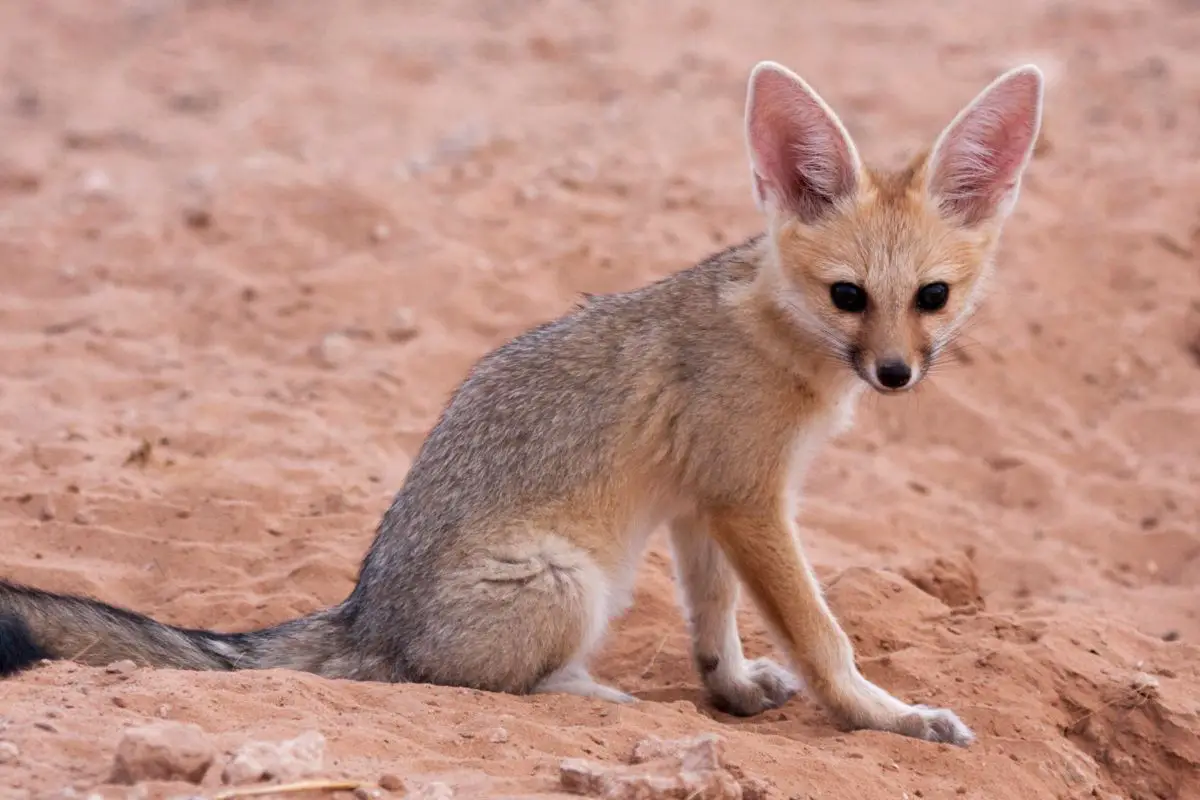
Vulpes chama is the scientific name for the cape fox. It is the smallest, true canid breed of fox found in South Africa. The silvery gray, huge pointed-earred mammal measures 350 mm and weighs 2.5 to 3 kilograms.
The Cape fox is extremely fast and quick on its feet. The long bushy tails help keep the cape fox balanced when it is dodging predators and weaving to get to safety. The Cape fox is a night predator and appears to have one mate at a time.
The cape fox is a carnivore and has five toes on each forefoot, and four toes on each hind foot. They are known to feed on young lambs, and for this reason, they are persecuted.
Diet
The Cape fox’s diet consists of carrion, insects, small animals, wild fruit, mice, and other animals.
Living Quarters
The Cape fox lives in open territory, in grassy areas. They like hiding among thickets and partially deserted regions.
10. Vulpes Ferrilata (Tibetan Fox) Scientific Facts
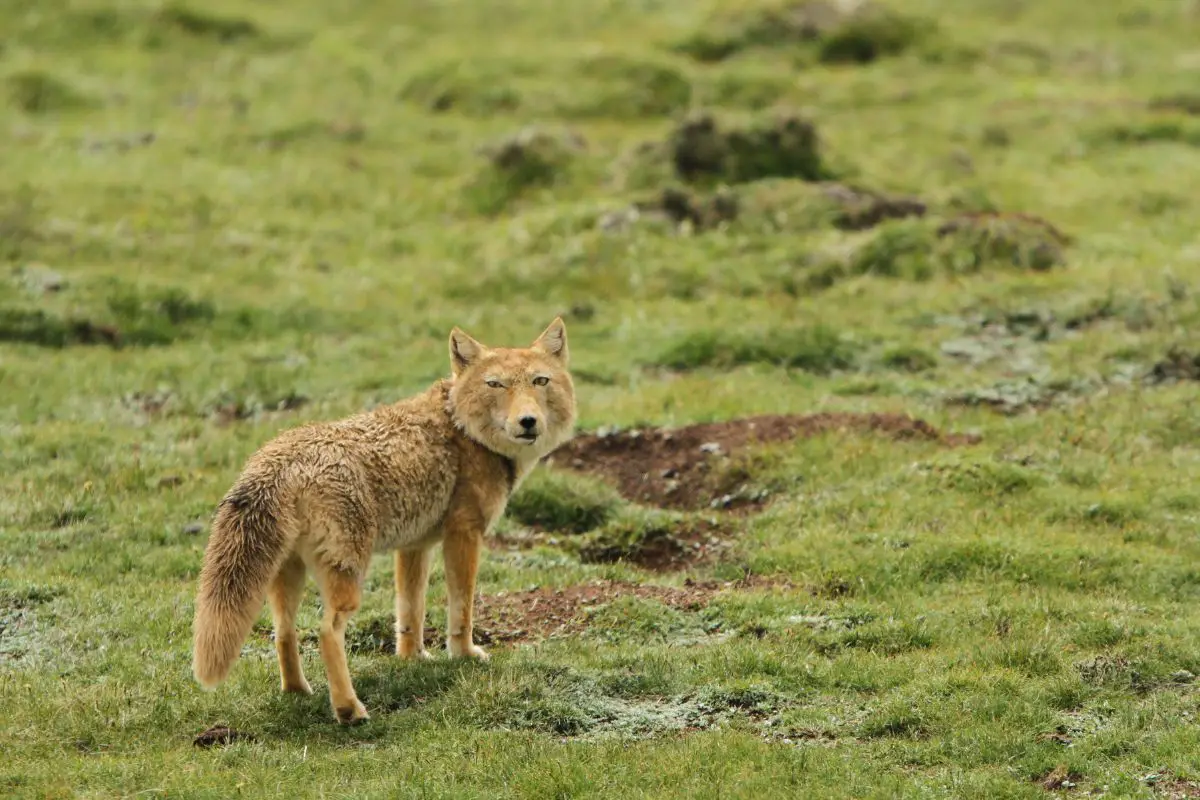
Vulpes ferrilata Tibetan fox is the scientific name for the Tibetan sand fox. Its lifespan is 8 to 10 years, the length is 60 to 70 CM, and the weight is 4 to 5.5 KG. The Tibetan fox is a carnivore and is native to the deserts of China, Bhutan, Ladakh, and the semi-desert areas.
Diet
The Tibetan is a carnivore and a scavenger. Its diet consists of small reptiles like lizards and rodents, woolly hares, marmots, pikas, antelope carcasses, blue sheep, musk deer, and livestock.
Living Quarters
They live in the part of the northern Himalayans, India, and the provinces of China. They like making their homes in the hills and highland plains. They do not like heavily vegetated areas.
The Tibetan fox prefers to live in semi-arid shrubbery and grassy areas. However, they prefer to spend time in solitude, they are willing to share their territory with others. They live in small family groups.
During the day they rest, and hide when they feel threatened. They build their dens along the beach lines, and their dens may have up-to-door entrances and exits.
11. Scientific Facts about the Vulpes Rufus (Red fox)
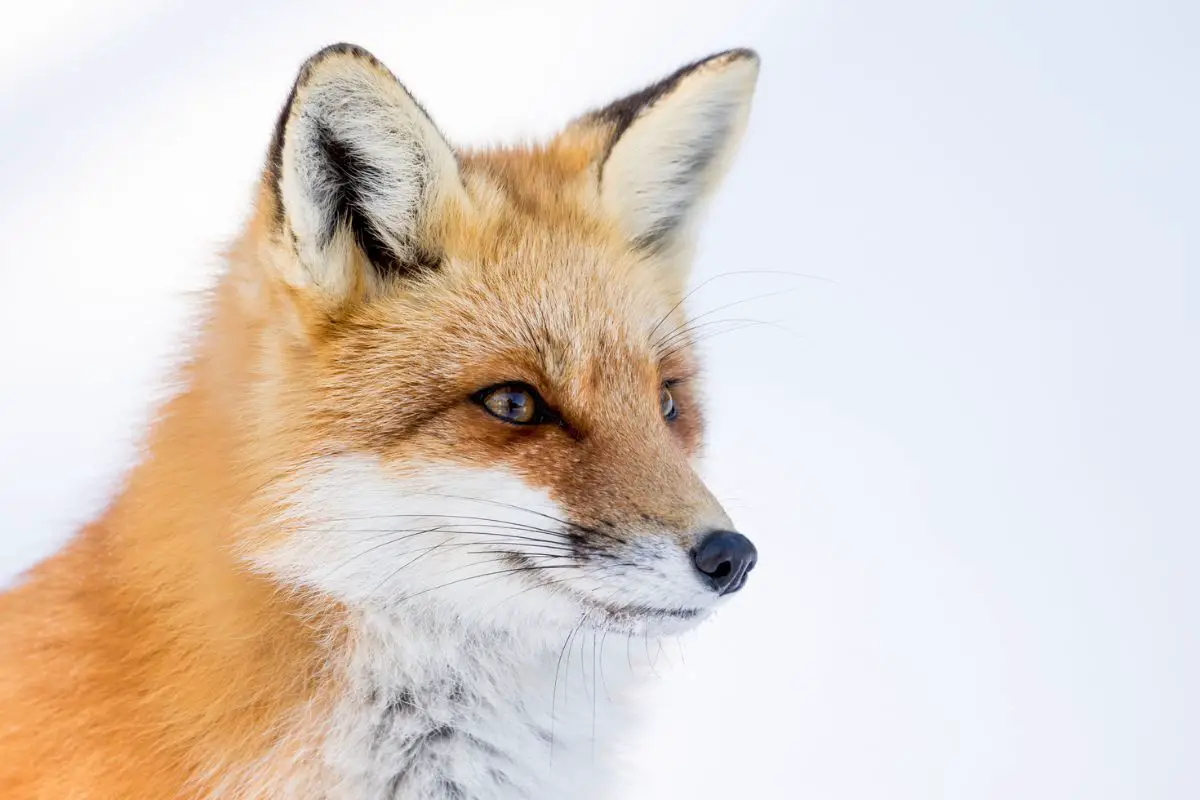
Vulpes Rufus is the scientific name for the red fox. The red fox is considered the most dangerous of its species. The red fox is a carnivore, which means its diet is meat.
The mammal is up to four feet long and can weigh from 45 to 80 pounds easily. As of now, the red fox is a critically endangered species. The red fox originated from the interbreeding of coyotes and grey wolves.
This is how they got their beautiful reddish coat. Anyway, researchers know that the red foxes are one-of-a-kind species that need to be protected.
Diet
The red fox is a carnivore by nature, and its favorite pastime meal is the white-tailed deer, rabbits, mice, and raccoons. They can consume up to five pounds of food per 24 hours.
Living Quarters
The red fox lives in the Alligator River National Wildlife Refuge, located in North Carolina. There are only 35 or fewer wild red foxes alive, and this classifies them as being in danger of extinction.
12. Vulpes Zerda (Fennec Fox) Scientific Facts
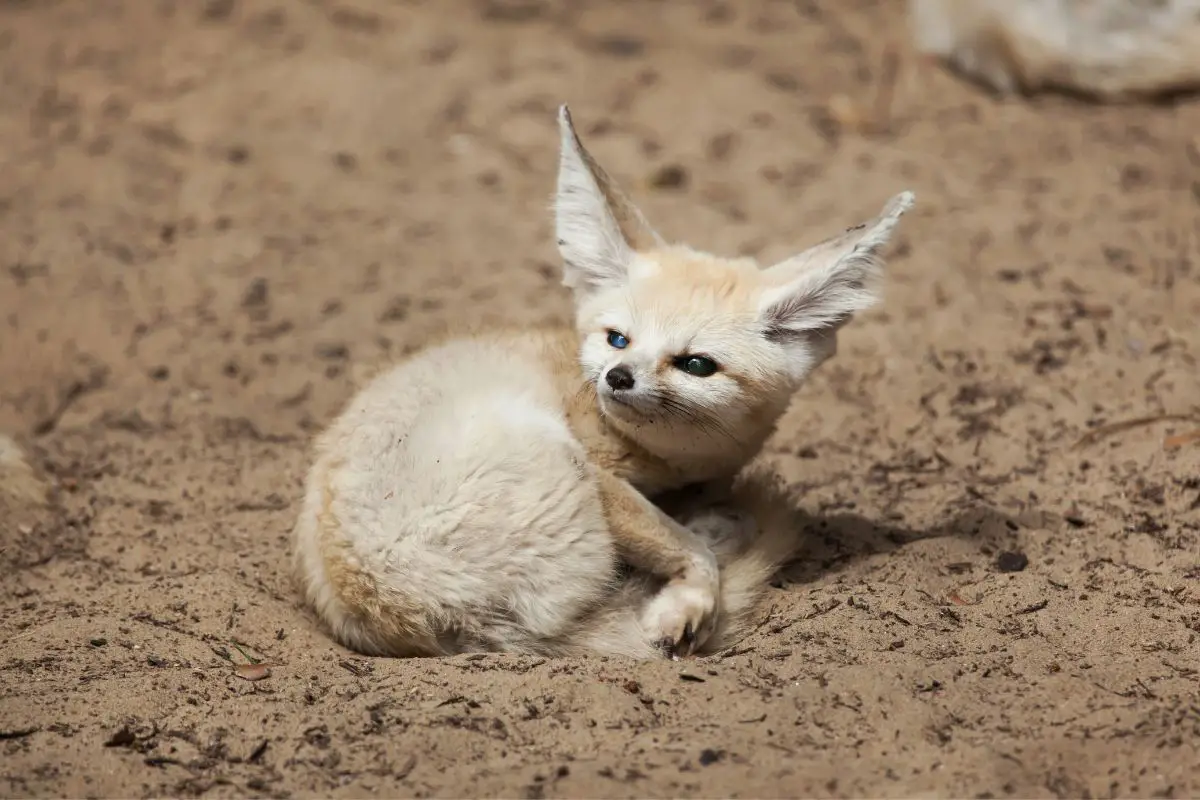
Vulpes Zerda is the scientific name for the fennec fox, and it is the smallest of the canid family. The fennec fox’s lifespan is 10 to 12 years. Its top speed is 40 KM/H, weight is 0.68 to 1.6 KG, height is 20 CM and length is 24 to 41 CM.
The thick fur protects the body during the winter and summer months, and its large ears assist in regulating the fox’s body temperature. They are native to Arabia and Africa. The fennec can be found in Egypt, Morocco, northern Sudan, Mauritania, the Sinai Peninsula, and the deserts in Southern Israel, the Negev, and Arava.
They can breathe up to 690 beats per minute from 23.
Diet
The Fennec fox is an omnivore but eats fruits, plant leaves and roots. They also feast on small reptiles like lizards, in addition to insects, animal eggs, and rodents. They can live a life without water, because, most of the plants and animals they eat provide enough fluid to sustain them.
Living Quarters
The Fennec fox likes to live in sandy areas, where trees are non-existent, and plants and vegetation are sparse. They prefer deserted areas without shade.
